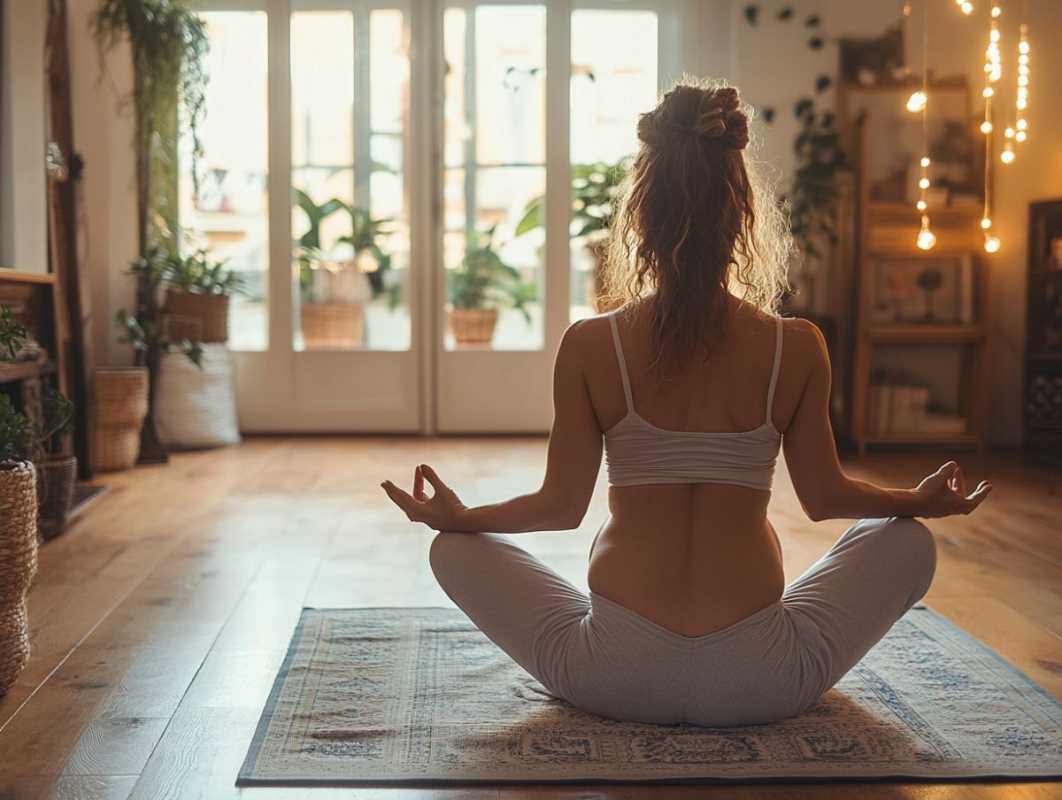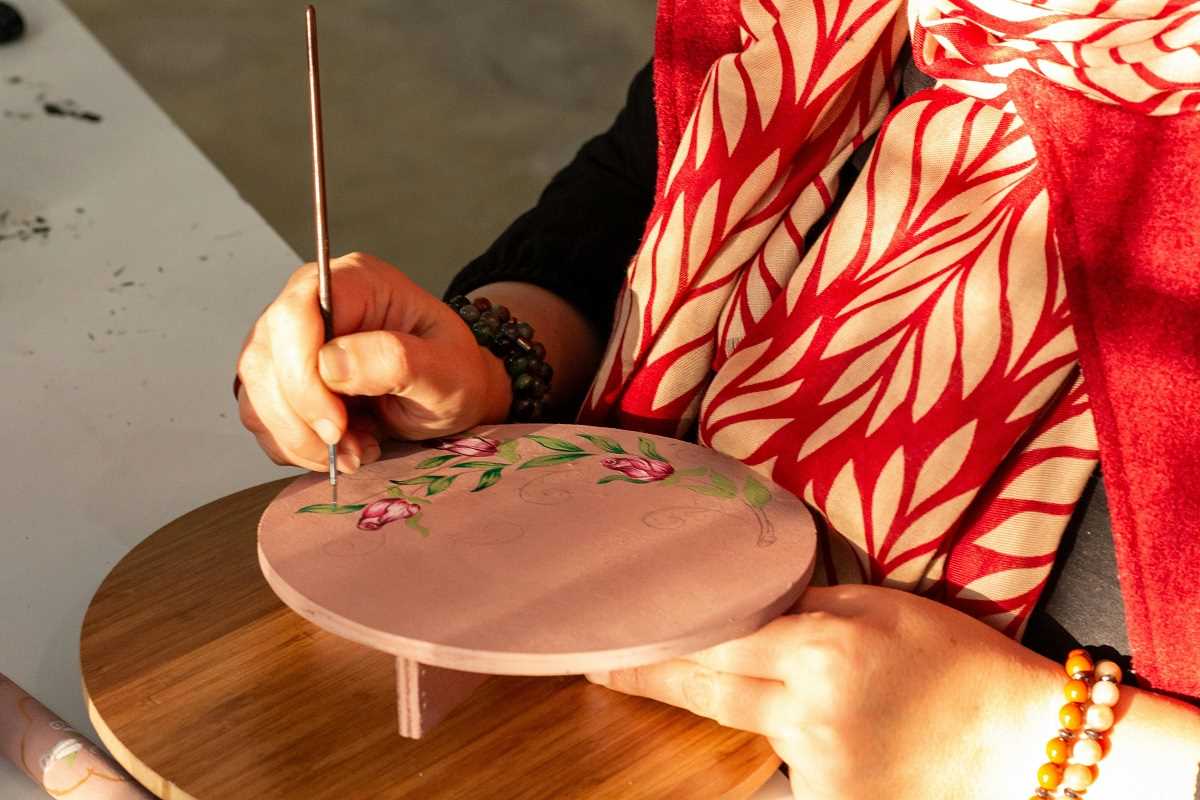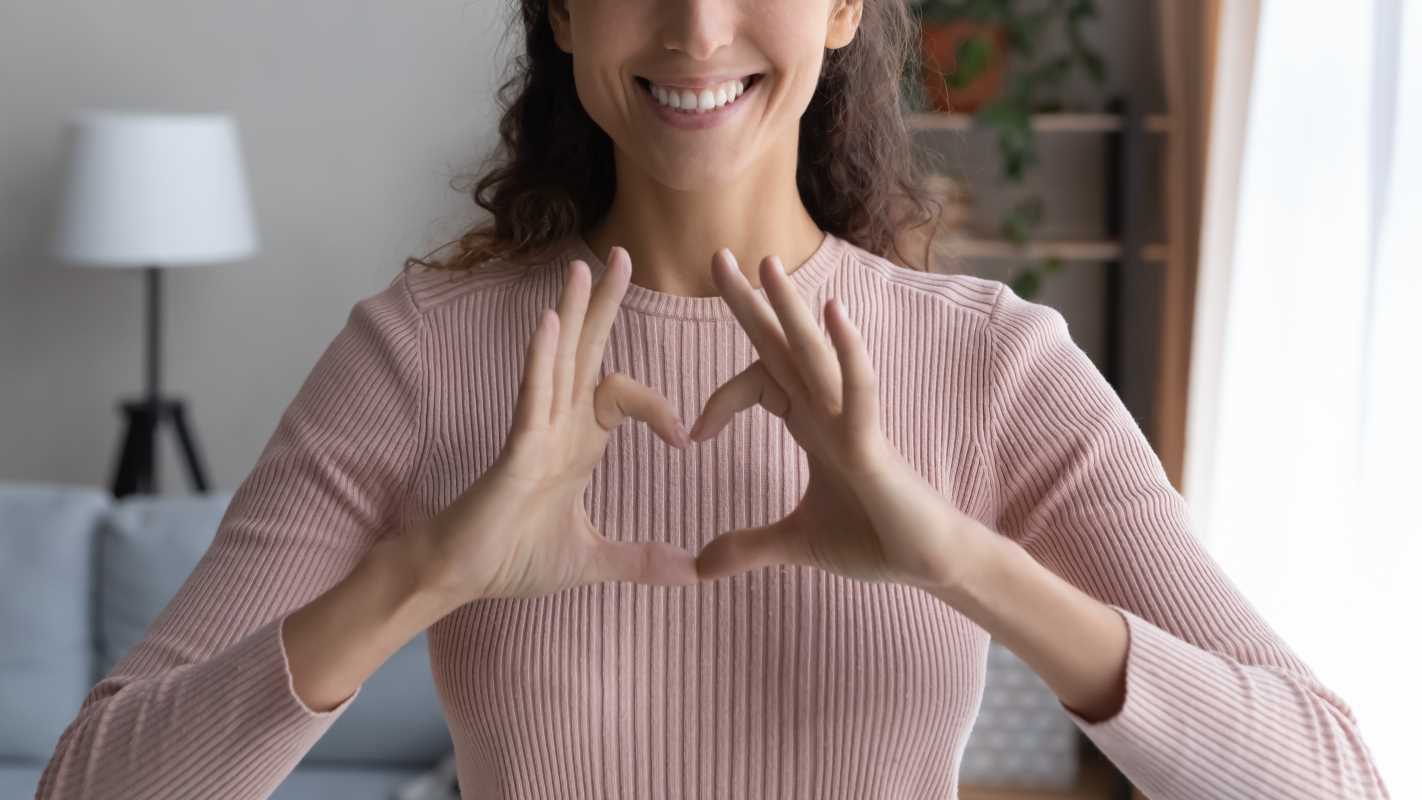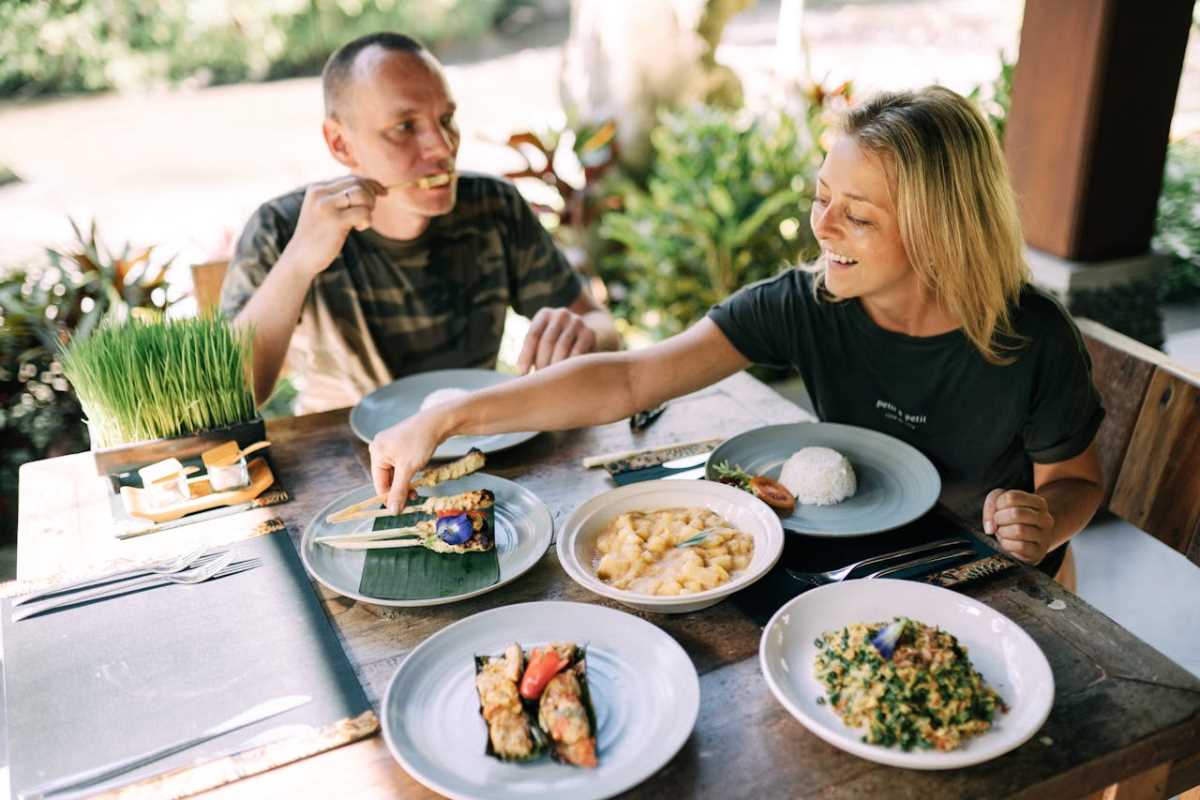Clothing is often seen as a way to express individuality or fit into a specific occasion, but its impact goes much deeper than appearances. What you wear can shape how you feel emotionally, influence your confidence, and even affect the way you interact with the world. Science has shown that your choices about color, fabric, and style can have a measurable effect on your mood. This connection is sometimes subtle but undeniably powerful. Understanding how your wardrobe influences your state of mind can help you make choices that not only showcase your style but also help you feel your best every day.
The Psychology Behind Clothing and Mood
The concept of “enclothed cognition” explores how the clothing you wear affects your psychological processes. This theory suggests that the items you put on don’t just influence how others perceive you but also how you perceive yourself. For instance, putting on a well-tailored outfit can make you feel more capable, while slipping into something comfortable and soft can evoke feelings of relaxation.
The psychological impact of clothing often begins with the associations you have with certain items or styles. A crisp button-down shirt might signal productivity because you associate it with work or professionalism. A pair of sneakers and leggings could signal energy and movement, making you feel ready to take on an active day. These connections are not random; they are shaped by social expectations, personal experiences, and cultural norms, all of which influence how your clothes “speak” to your brain.
Understanding how this works can give you insight into why some outfits make you feel confident, while others seem to bring your mood down, even if you like how they look. Paying attention to how your clothing choices align with your intentions for the day is a small but powerful way to shift your mood positively.
Color and Emotion
The colors you choose to wear can have a direct effect on your emotions. Color psychology explores how different hues influence mood and perception. While everyone has unique preferences, there are some general patterns in how colors affect people.
For instance, bright and warm colors like yellow or orange are often associated with happiness, optimism, and energy. These shades might give you a boost on days when you’re feeling sluggish or need encouragement to tackle the tasks ahead. On the other hand, cooler tones like blue and green are linked to calmness and relaxation. Choosing these colors can help ease stress or create a sense of balance during a busy day.
Neutral tones like black, gray, and beige tend to evoke sophistication and stability. Black, in particular, is often seen as powerful and elegant, while lighter neutrals can create a softer, more approachable atmosphere. That said, it’s important to note that personal associations and experiences with colors vary. What feels comforting to one person might have a different effect on someone else. Experimenting with color options and observing how they influence your mood can lead to some interesting and useful discoveries.
Comfort and Well-Being
The way clothes feel on your body is just as important as how they look. Fabrics, fit, and design all play a role in determining how comfortable an outfit is and, in turn, how it makes you feel emotionally. Clothes that are too tight, itchy, or restrictive can subtly drain your energy throughout the day, leaving you feeling irritable or stressed without realizing it.
On the flip side, clothing made from soft, breathable materials like cotton or bamboo can create a sense of ease and relaxation. A well-made sweater that feels cozy and warm can act like a gentle hug on a cold or gloomy day. Similarly, well-fitted clothing can reduce physical discomfort while boosting confidence, as you’re less likely to be distracted by adjusting or fixing your outfit.
Prioritizing comfort doesn’t mean sacrificing style. Many modern fashion options blend functionality with aesthetics, allowing you to feel good physically and emotionally while still expressing your personal sense of style. Thoughtfully considering these factors adds another layer of intention to your clothing choices.
Dressing for Confidence
Confidence often begins with how you feel about yourself, and clothing plays a vital role in shaping that internal narrative. On days when you need an extra boost, putting together an outfit that makes you feel powerful, capable, or attractive can be a game-changer. This doesn’t necessarily mean dressing to impress others but rather finding pieces that align with the image of how you want to feel.
Structured clothing with clean lines, like a blazer or a tailored dress, often conveys a sense of authority. Even if you’re working or spending the day at home, wearing “elevated” versions of casual clothing can help you feel more grounded and purposeful. Think of it as dressing for the role you want to play, whether that’s a calm leader, a creative mind, or simply someone ready to take on the day.
Accessories also play a part in this process. A bold necklace, a favorite pair of shoes, or a polished bag can act as subtle reminders of your confidence and individuality. These small elements can shift your mindset, allowing you to carry yourself with more assurance wherever you go.
Emotional Connections to Clothing
Clothing often carries emotional meaning beyond its immediate use. Everyone has that one piece of clothing that feels like it holds special power, whether it’s a lucky sweater, a favorite pair of jeans, or a dress that brings back fond memories. These items can lift your spirits during tough times by creating a sense of nostalgia, comfort, or familiarity.
On the flip side, clothes associated with stressful or unhappy events may carry lingering feelings you don’t even realize. Even if the item looks stylish, wearing it could trigger subtle emotional reactions that set the tone for your day. Taking time to evaluate how you feel about what’s in your wardrobe can help you keep the pieces that uplift you and let go of those that don’t.
This emotional dimension of clothing highlights the importance of curating a wardrobe that feels personal and intentional. Choosing clothing that reflects positive memories or aspirations can add depth to your daily routines and create an ongoing sense of joy or purpose.
The Role of Personal Style
Developing a personal style isn’t just about following trends or picking flattering silhouettes. It’s about expressing who you are and what you value. When your wardrobe aligns with your personality, it can create a sense of harmony between how you feel inside and how you present yourself to the world.
Experimenting with different styles, colors, and textures is a great way to understand what resonates with you. Maybe you’re drawn to minimalist designs with muted tones, or perhaps bright, eclectic patterns energize you. By exploring what makes you feel good, your wardrobe evolves into a tool that supports your mood and self-expression.
Sticking with a style that reflects your identity can also serve as a source of stability during uncertain times. When the world feels chaotic, having a few go-to outfits that make you feel centered can act as a form of self-care, reminding you of your values and providing a sense of control in your day-to-day life.
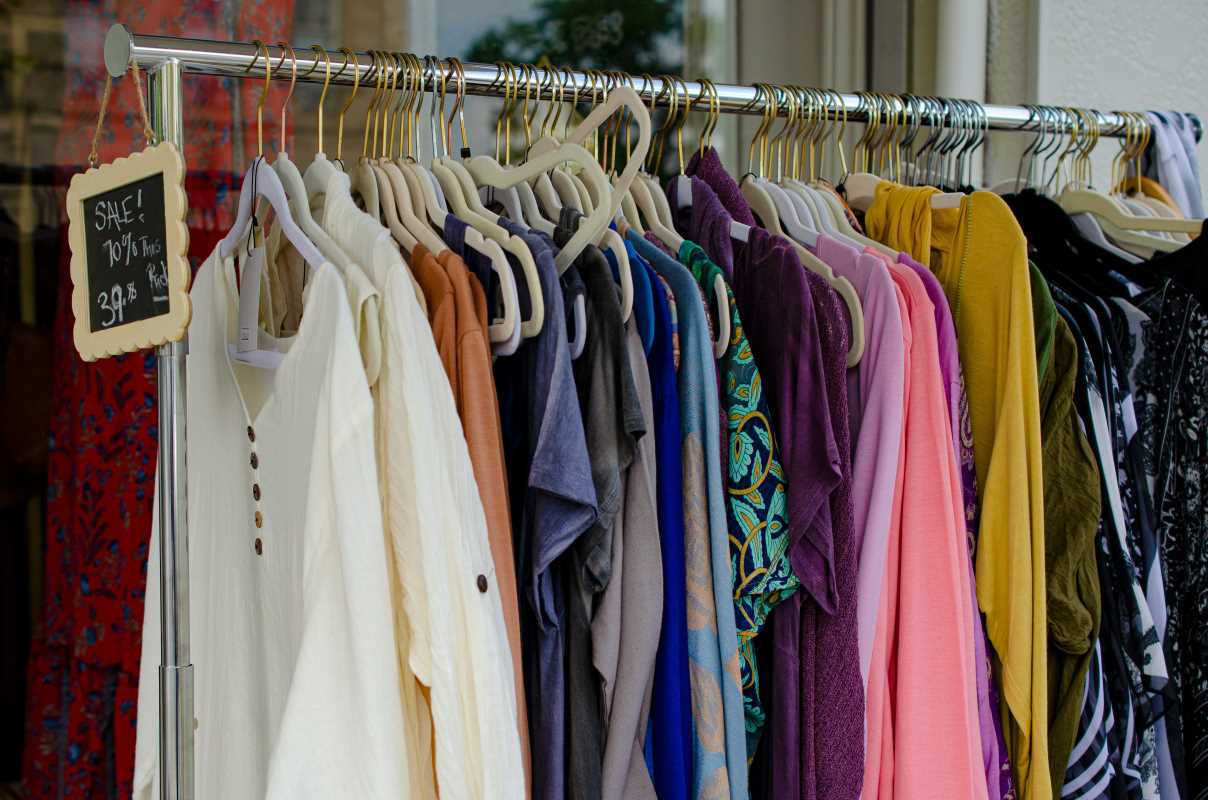 (Image via
(Image via